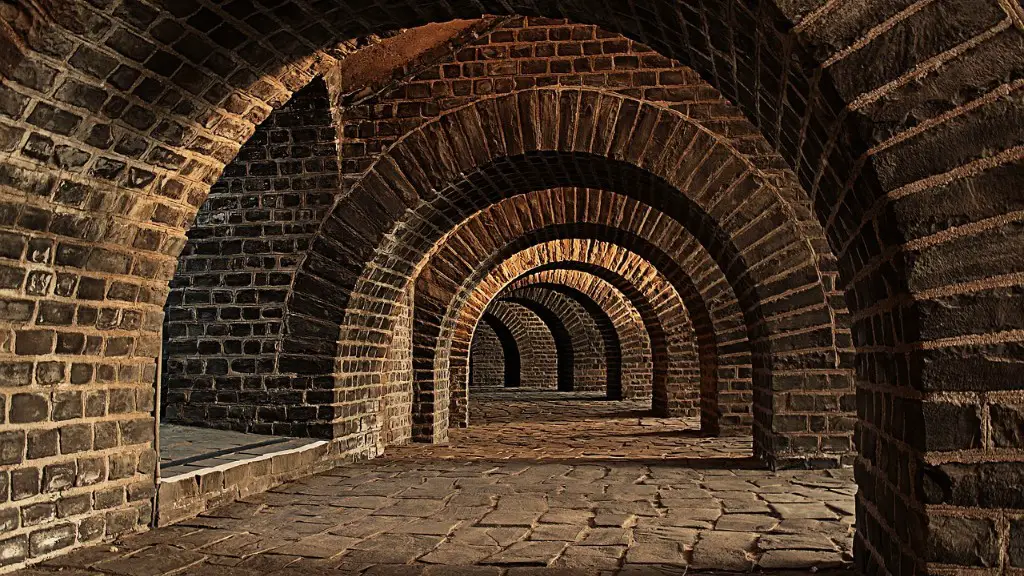How has architecture changed over the years? Though the ancient Greeks and Romans left their mark in the form of iconic white marbled temples, the look and feel of architecture has changed drastically since then. Modern architecture is a multi-faceted, complex art form that takes into account environmental sustainability, function, and aesthetics. Here, we explore the history and evolution of architecture, from the emergence of renowned architects like Mies van der Rohe, to the current state of sustainable architecture.
To trace the trajectory of architecture’s development, we must start by looking at the Renaissance period in which architects such as Donato Bramante and Michelangelo mastered the use of planes, symmetry, and harmony. They constructed buildings with shape and form, reestablishing the importance of aesthetically pleasing edifices. Soon after, baroque expressionism developed, with curved shapes, high contrasts, and dynamic interspersions of light and color taking precedence in design.
The 20th Century brought a new wave of innovative structures and groundbreaking architectural works. Pioneers such as Le Corbusier and Ludwig Mies van der Rohe implemented a steel, concrete, and glass style of building that made sharp lines, open plan spaces, and minimalism popular once again in the architectural world. It was this modern style that enabled large-scale, sprawling cities and commercial centers to be built around the globe.
In the 21th century, computer-aided designs have taken architecture to new heights. Architects have the ability to create intricate and sophisticated designs, coupled with a newfound emphasis on eco-friendly designs. Green buildings, for example, use natural materials and smart technologies for cooler interiors, smarter electricity consumption, and more efficient use of resources. This has enabled buildings to become more sustainable and reduce their environmental footprint. Additionally, Internet of Things devices have made building automation much more accessible and has allowed for a higher level of interactive control over lighting, sound, and heating.
In short, architecture has certainly come a long way since the days of ancient Greece and Rome – now, it is no longer only a reflection of beauty and status. Architects today are constantly combining modern designs with technologies to create innovative, sustainable, and functional architecture. From Le Corbusier to green buildings, the evolution of architecture has transformed the globe into a landscape of modern expressions.
Modernism
One of the most influential architectural philosophies of the 20th century is modernism. Carried out by pioneers like Le Corbusier and Mies van der Rohe, modernist architecture sought to combine esthetic beauty with form and function. Buildings today are often constructed with sharp lines, open plan structures, and minimalism, a design philosophy that emerged during modernism. Modernism is also marked by its use of steel, concrete, and glass, materials that allowed for the creation of innovative, large-scale projects that changed the face of cities.
Sustainability
Sustainability is far more than simply an environmental issue in architecture. Architects today must consider an array of factors such as energy efficiency, materials, and water usage when designing a building that is sustainable. Eco-friendly designs have become increasingly popular, with initiatives such as the LEED certification resulting in a higher standard of living, while also the resources used to build and maintain buildings. By emphasizing the use of natural materials, green building technology, and renewable energy sources, architects are making sustainability an increasingly accessible goal.
Future of Architecture
The future of architecture looks bright, with ongoing technological advancements impacting the way in which we imagine, create, and inhabit our spaces. Ongoing research into smart buildings, autonomous vehicle infrastructure, and innovative materials has allowed architects to push the boundaries of what can be achieved in the built environment. Additionally, 3D printing technology has enabled a new level of versatility in the design of structures, allowing for much more intricate and elaborate shapes and forms to be produced.
Digitalization
Digitalization has had a significant impact on the architectural world, and has enabled architects to work in new ways. From 3D design software to virtual reality and augmented reality, digitally enabled tools and simulations have allowed architects to gain a better understanding of their projects. Research into the Internet of Things and building automation, along with the emergence of BIM technology, has ensured that the architecture sector can respond quickly and efficiently to changes in the industry and client needs.
Economics & Business
The economics and business aspects of architecture are also ever-evolving. In the modern industry, there is a need for more efficient and profitable management and construction solutions. Architects are increasingly taking into account the financial constraints of their projects, as well as the environmental and cultural ones. Additionally, more emphasis has been placed on collaboration and networking, as the ability to communicate and coordinate in new ways is vital to the success of a project. As such, the role of the architect is no longer limited to design and construction, but also involves a deep understanding of various business and economics aspects as well.


